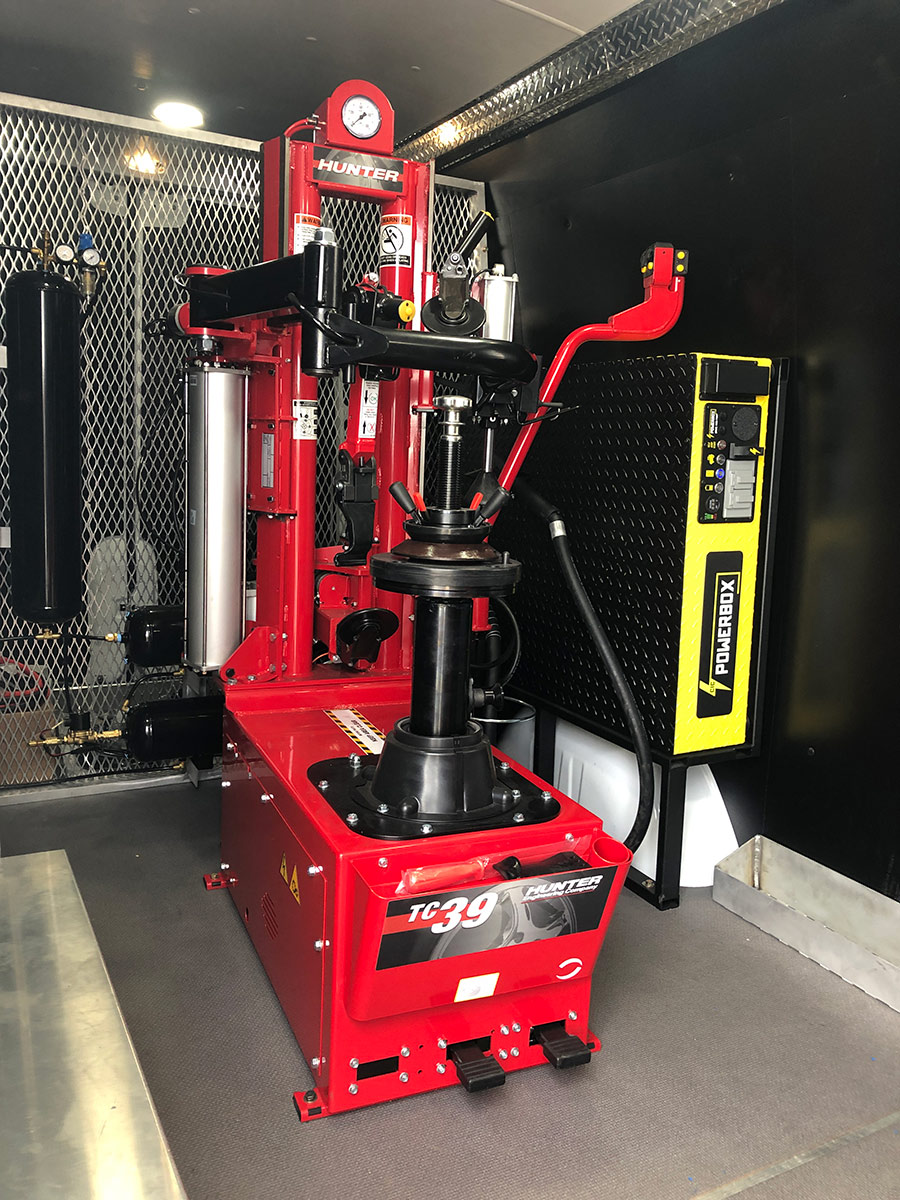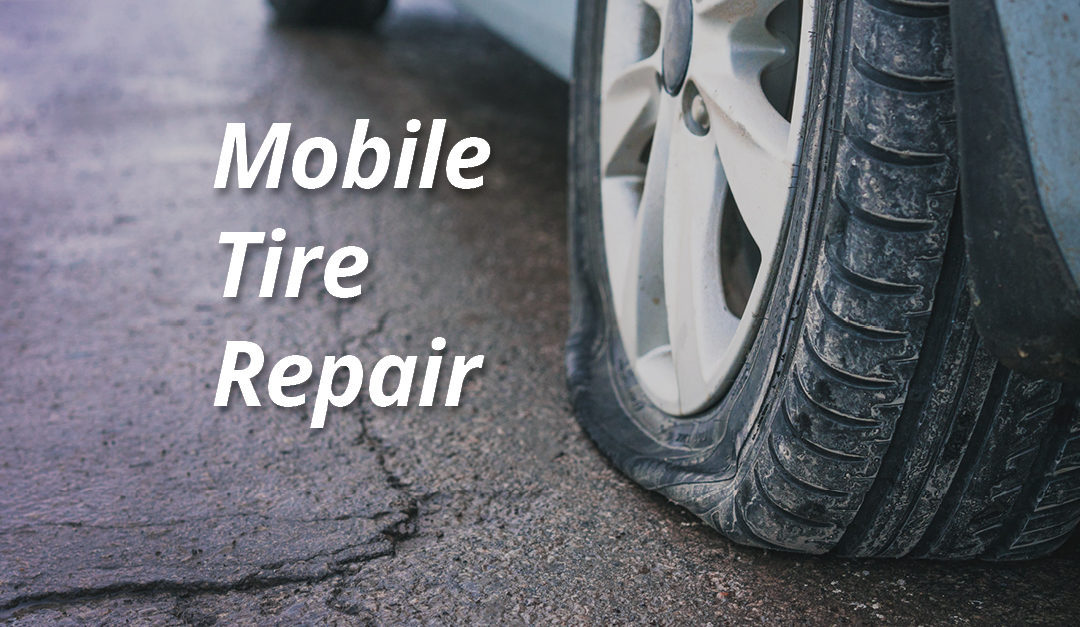Relied On Mobile Tire Service Las Vegas - On-Time Solutions
Relied On Mobile Tire Service Las Vegas - On-Time Solutions
Blog Article
Tire Service: Proven Approaches for Ideal Tire Upkeep and Care
Keeping optimal tire condition is extremely important for both security and efficiency of any automobile. From guaranteeing correct tire stress to regular turning and placement, there are proven techniques that can significantly prolong the life-span of your tires and enhance general driving experience. As we discover the intricacies of tire care and upkeep, we will certainly uncover necessary standards that every vehicle owner need to follow for the best possible outcomes. Allow's explore the world of tire service and find the keys to maintaining your tires in top-notch shape for the long run.
Relevance of Tire Stress
Appropriate tire stress advertises better fuel performance, as under-inflated tires can lead to increased rolling resistance, triggering the engine to function harder and take in more gas. Proper tire pressure guarantees also step wear, enhancing tire durability and conserving cash in the lengthy run by postponing the demand for early replacements. Frequently readjusting and examining tire pressure, particularly in the past lengthy trips, is a straightforward yet effective way to enhance car performance, prolong tire life expectancy, and focus on safety and security on the roadway.
Tire Rotation Guidelines
When thinking about tire rotation guidelines, it is necessary to comprehend the value of this maintenance task in making the most of tire lifespan and maintaining optimal vehicle efficiency. Tire turning entails altering the setting of each tire on a car to make sure even step wear. Front tires tend to use more rapidly than rear tires because of steering pressures, making routine rotation crucial for well balanced wear patterns. The advised turning pattern varies depending on whether a car is front-wheel, rear-wheel, all-wheel, or 4x4. Typically, tires need to be revolved every 5,000 to 7,500 miles, or as recommended in the car manual. Ignoring tire turning can result in unequal wear, influencing handling, grip, and potentially compromising lorry security. By adhering to correct rotation standards, motorists can expand the life of their tires, enhance fuel effectiveness, and enhance total driving experience. Regular turning is an easy yet reliable maintenance technique that contributes significantly to tire long life and lorry efficiency.

Advantages of Wheel Alignment
Ensuring appropriate wheel placement after tire turning is critical for maintaining balanced wear patterns and optimizing lorry performance. Wheel alignment refers to the adjustment of the angles of the wheels to the producer's specs. One of the crucial advantages of wheel placement is improved steering and dealing with reaction. When the wheels are correctly lined up, it read the article decreases steering effort, ensuring a smoother and more controlled driving experience. In addition, proper wheel positioning assists to extend the life expectancy of your tires. Misaligned wheels can trigger uneven tire wear, causing early tire substitute and increased upkeep prices.

Tire Tread Deepness Examine
Executing a routine evaluation of tire step deepness is vital for maintaining risk-free driving conditions and lengthening the lifespan of your tires. Irregular walk wear can show problems with tire pressure, placement, or suspension, highlighting the relevance of regular step depth checks. By including tire tread deepness checks into your routine maintenance timetable, you can drive with confidence recognizing that your tires are in top problem.
Seasonal Tire Assessment
A comprehensive analysis of tire problem tailored to certain weather condition problems is important for maintaining optimal efficiency and safety throughout the year. Seasonal tire assessment is a basic aspect of tire maintenance that makes certain tires prepare to encounter the challenges positioned by various climate conditions. To prepare for winter, it is vital to examine the tire stress frequently as chilly temperatures can trigger Bonuses tire pressure to go down. Evaluating tire step deepness is also important to make sure ample grip on snow and frozen roadways. In addition, looking for signs of deterioration, such as fractures or bulges, can assist protect against possible tire failings. As the periods adjustment, it is very important to analyze tire problem and make any kind of essential changes to assure secure driving. By performing regular seasonal tire examinations, drivers can prolong tire lifespan, boost gas performance, and most significantly, make sure a safe driving experience in varying weather problems - Mobile Tire Service Las Vegas.
Verdict
To conclude, maintaining appropriate tire pressure, turning tires frequently, straightening wheels properly, monitoring step depth, and performing seasonal examinations are crucial practices for optimum tire care. By following these proven techniques, chauffeurs can guarantee their my latest blog post tires last longer, do far better, and add to total vehicle security. It is essential to prioritize tire upkeep to stop accidents, enhance gas efficiency, and extend the life-span of tires.
Adequate tire pressure advertises better fuel efficiency, as under-inflated tires can lead to increased rolling resistance, triggering the engine to function harder and take in even more fuel.When taking into consideration tire rotation guidelines, it is necessary to recognize the significance of this maintenance task in making the most of tire life expectancy and preserving optimum lorry efficiency. Seasonal tire inspection is a fundamental aspect of tire maintenance that guarantees tires are prepared to deal with the obstacles postured by various climate problems. By performing regular seasonal tire examinations, drivers can lengthen tire life-span, boost gas performance, and most notably, make sure a safe driving experience in differing weather condition problems.
In final thought, maintaining proper tire stress, revolving tires regularly, straightening wheels appropriately, checking step deepness, and carrying out seasonal evaluations are vital practices for optimal tire care.
Report this page